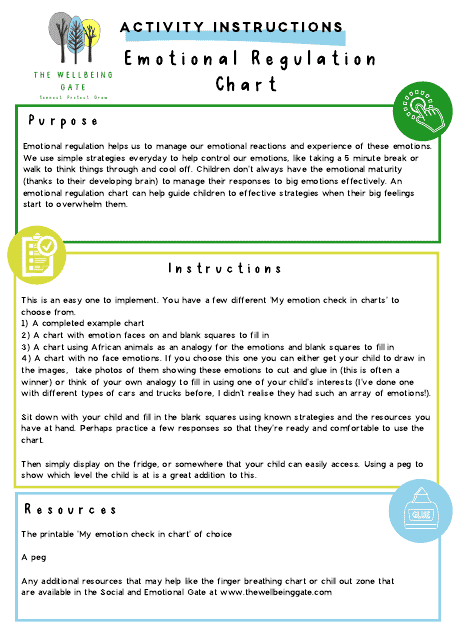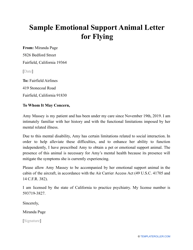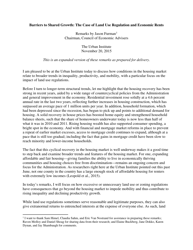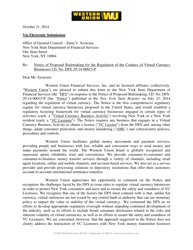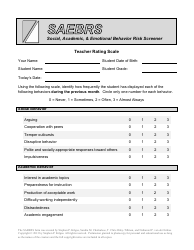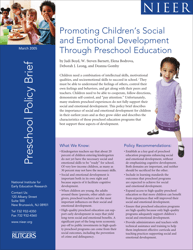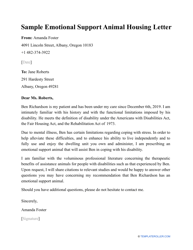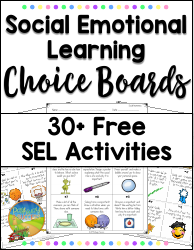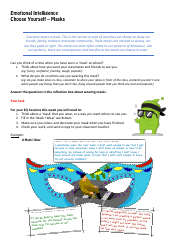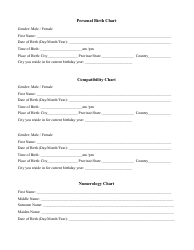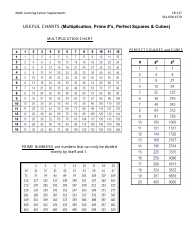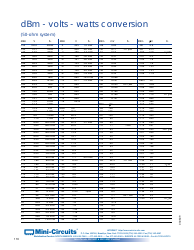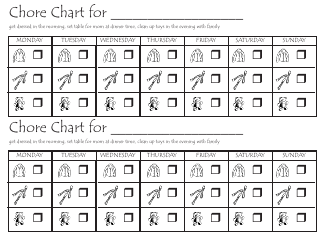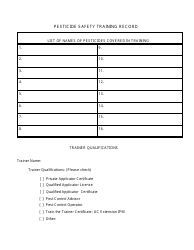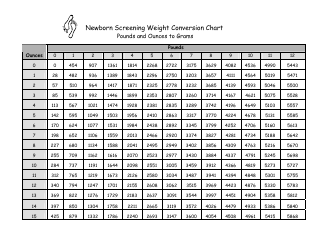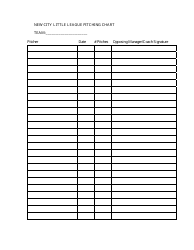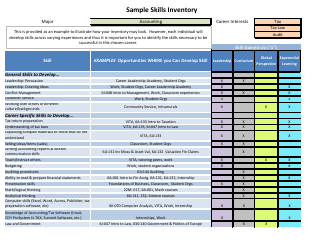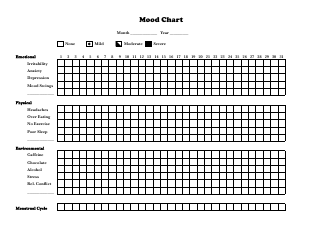Emotional Regulation Chart
An Emotional Regulation Chart is a visual tool used to help individuals identify and manage their emotions effectively. It provides a framework for recognizing different emotions, understanding their triggers, and implementing strategies to regulate emotions in a healthy way. This chart can be used in various settings like schools, therapy sessions, or personal development programs.
FAQ
Q: What is an emotional regulation chart?
A: An emotional regulation chart is a tool used to help manage and understand emotions.
Q: How does an emotional regulation chart work?
A: An emotional regulation chart typically involves identifying different emotions and tracking them over time to gain insight and improve emotional well-being.
Q: What are the benefits of using an emotional regulation chart?
A: Using an emotional regulation chart can help individuals develop self-awareness, identify triggers, and learn effective strategies for managing emotions.
Q: How can I create an emotional regulation chart?
A: To create an emotional regulation chart, you can use a template or create your own by listing different emotions and creating space to track and analyze them.
Q: Who can benefit from using an emotional regulation chart?
A: Anyone who wants to improve their emotional well-being can benefit from using an emotional regulation chart, including children and adults.
Q: Are there different types of emotional regulation charts?
A: Yes, there are different types of emotional regulation charts, including visual charts, journaling charts, and digital apps.
Q: How often should I use an emotional regulation chart?
A: The frequency of using an emotional regulation chart can vary based on individual needs, but using it daily or regularly can be helpful.
Q: What should I do with the information I gather from an emotional regulation chart?
A: The information you gather from an emotional regulation chart can be used to identify patterns, learn coping strategies, and work towards more balanced emotional well-being.
Q: Can an emotional regulation chart replace professional help?
A: While an emotional regulation chart can be a useful tool, it is not a substitute for professional help. If you are struggling with your emotions, it is important to seek support from a qualified therapist or counselor.
